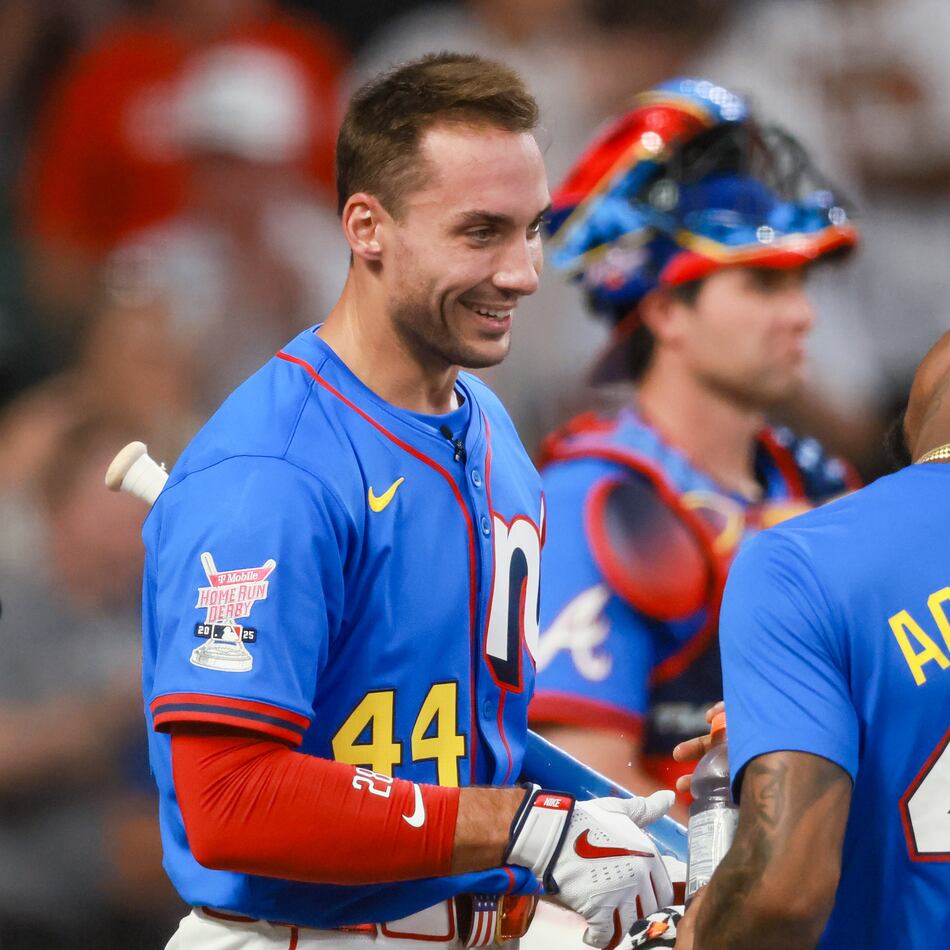A roomful of eager eyes pored over the statistics of a pitcher who became a starter in 1953 and had a career ERA of 80.00.
For select minds, even Charlie Brown warrants statistical analysis.
From rocket scientists to political scientists, almost 500 people gathered in downtown Atlanta to celebrate the 40th annual Society for American Baseball Research convention.
Larry Granville’s research, a statistical analysis of Charles Schultz’s "Peanuts" comic strip, was one of the more lighthearted presentations of the week -- though it did expose a betting scandal involving America’s beloved beagle.
“Snoopy was a degenerate gambler,” Granville said. “Just like Pete Rose.”
Guests donned everything from suits to weathered-and-worn team paraphernalia. But while nearly every head boasted a different cap, every guest proudly wore one badge.
Wearing SABR identification around their necks, guests spent four days celebrating baseball's history, research and analysis.
“There is always that reputation of people here as the pocket-protector brigade who have congregated here to remember the old days,” said Mark Stang, a presenter. “But the knowledge gathered here is immense. And so is the passion.”
Bryan Soderholm-Difatte, a senior analyst at the National Counterterrorism Center in Arlington, Va., presented research deconstructing the Phillies’ epic collapse of 1964.
Before an audience that included an inordinate number of Phillies and Mets fans, he seemed to exorcise some demons while giving life to some others. For him, it was simply a way to find peace of mind.
“Because of the nature of my work, I found these projects and baseball research as a way to relax,” he said.
For Tom Tomsick, research offered a chance to relive his days as a Cleveland Indians bullpen catcher from 1964-66. The director of neuroradiology at the University of Cincinnati College of Medicine shared his newly published book, "Strike Three: My Years in the ‘Pen", a biographical recounting of events surrounding the Indians' pitching staffs of his time.
For everyone, the convention provided a rare opportunity to match wits and passions with like-minded individuals.
The demographic for SABR member averages 58 years of age and male. About 5 percent of the members are women. Regardless, the only numbers that were needed to forge a connection between guests appeared to be OPS and pitch counts -- though conversations often struck fierce debates.
“I think he wanted to do the stats like that,” one man said. “But that’s kind of crazy,” another responded.
But whether one agreed that Greg Maddux was the greatest all-time fielding pitcher or that baseball had been a useful tool for diplomacy in Japan, baseball aficionados took solace in finding sounding boards and kindred souls.
“As soon as the dates for convention are released, I circle them on my calendar,” Steven Glassman said. “I make sure that I make a reservation, and then it’s just a matter of counting down.”
Glassman sat sprawled on the floor, assembling 24 pages of statistics he had brought via Amtrak from Hatsboro, Pa. When someone observed the sheer breadth of data at his feet, he had one response.
"Thanks," he said. "Wait till you see the rest of it."
Nearly three hours later, his presentation titled, “Is Billy Wagner the all-time best left-handed relief pitcher?” finally made its debut.
Nearby, a man revealed that he was born in Cooperstown, N.Y., home of the Baseball Hall of Fame, while another spoke of the day when he lived 300 yards from Fenway Park from 1949-52.
A couple of feet away, a board displayed a note posted by a man named Dennis.
“Looking to connect with vintage baseball players,” it read.
“I wouldn't miss this,” Glassman said. "My friends from home aren’t into baseball like I am."
About the Author
Keep Reading
The Latest
Featured

